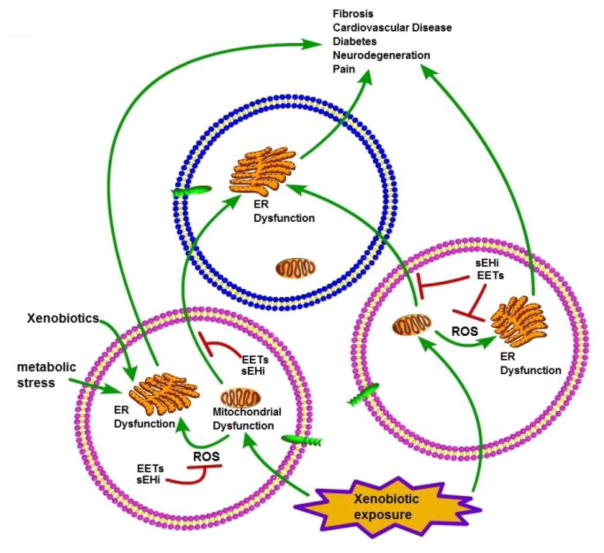Figure 3. Schematic diagram showing the relationship among mitochondrial dysfunction, ER stress and EpFA.
ER dysfunction is associated with numerous diseases including diabetes, cardiovascular, and neuronal diseases. sEH inhibitors (sEHI) and by implication the stabilized EpFAs are unique in improving symptoms in a variety of apparently unrelated disease states ranging from neuropathic pain and atrial fibrillation to pathological fibrosis and diabetes while sEHI have little if any effect on normal animals. This enigma is explained in part by EpFA stabilizing the mitochondrial →ROS → ER stress axis. The unfolded protein response and ER stress, working in part together with the cellular proteasome act to maintain cellular homeostasis. This homeostasis can be disrupted by a number of factors such as glucose associated with diabetes, xenobiotics such as paraquat or MPTP, and particularly reactive oxygen species (ROS) from many sources. ROS can be dramatically increased by mitochondrial dysfunction in turn associated both with disease states or exposure to xenobiotics including NSAIDs and triclosan. EpFA stabilized by sEHI protect the mitochondria, reduce the downstream activation of ER stress by ROS, hyperglycemia and other factors and thus ameliorate disease symptoms.

